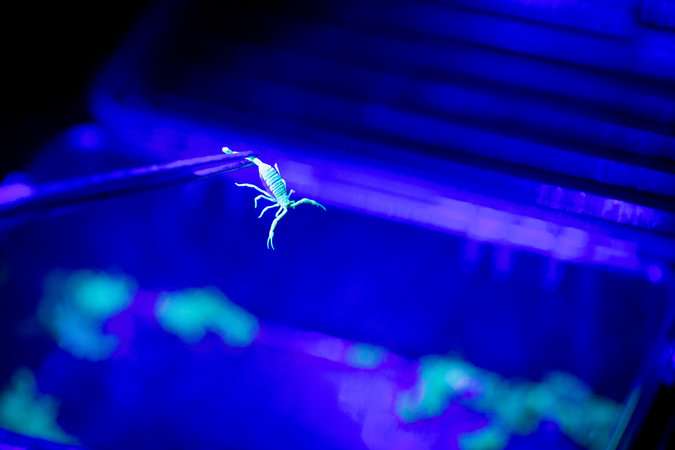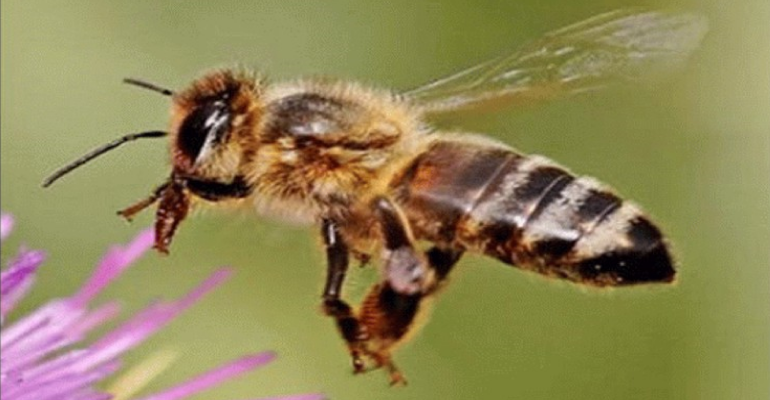In April and May our winter visitors retreat to their northern U.S. and Canadian homes where the summers are not as harsh. If you close up any home for several months there is some preparation involved. Because of the severe heat and monsoon storms in the Arizona desert, there are some extra precautions that are warranted.
Here is a checklist of things to consider before leaving your Phoenix home for the summer months.
Some people will do all of these and some people won’t. Some people will do everything right and still return to storm damage or water damage, and some people barely think about the consequences of leaving a home in extreme heat and come back to find everything in great shape. I know that when I leave my house, even for short vacations, I am always somewhat relieved when I turn the corner and see it for the first time!
Prepare to Leave for the Summer – One to Two Weeks Before
Some items on your checklist take a bit longer than others. A week or two weeks before your departure date you should consider any of these items that need your attention.
- Arrange for your mail and regular deliveries to be stopped or forwarded. I’d do this at least ten days before the effective date.
- Notify your telephone, Internet service provider or satellite TV provider to put your service on hold.
- Notify any newspapers when you will stop delivery and when to resume.
- If you live in an area with an HOA, notify them of your departure date and when you’ll be back.
- See if there are any local vacation watch programs offered by either your HOA, your local community or your local police department.
- Arrange for storage of valuables that you won’t be taking with you for the summer. For instance, store jewelry or important documents in a safe deposit box.
- Coordinate emptying of refrigerator with trash and recycling pickup. Start eating up the leftovers and cleaning out the refrigerator.
- Speaking of trash, start trimming trees and bushes in the yard so you can have that trash picked up before you leave.
- Do not drain your hot tub. The heat will damage it. Turn off the heating system for the water, but leave the filtering system on.
- Remove any standing water (kiddie pools, buckets, bird baths, etc.) from the yard. If you have a fountain, either empty it and turn it off or leave the water circulating to avoid mosquito problems.
Checklist: Closing up Your Phoenix Desert Home for the Summer
Now that it is a day or two before you are scheduled to leave, here are some more things to remember to do to prepare your home for closing during the summer.
Prepare Your House to Leave for the Summer – One to Two Days Before
- Remove chairs, furniture and decor from patio or yard. Anything that’s cloth, plastic or wood will be damaged by the summer heat if you leave it outside.
- Replace back-up batteries in fire alarms, automatic watering systems, thermostats, security systems.
- Seal up non-refrigerated products like cereals, grains, boxed foods, baking products and pet foods in plastic bags or containers with tightly sealed lids to keep bugs and moisture out.
- If you will be turning the refrigerator off while you are gone, empty it. Leave the doors open while you are gone for circulation.
- If you’ll be leaving the refrigerator on while you are gone, toss any foods that will spoil. You can keep items like condiments and water in the refrigerator. A working refrigerator that is nearly empty uses more energy, so add bottles of water. Empty the ice tray and turn off the automatic ice maker.
- If you have a soft water system or reverse osmosis water system, determine if any action is necessary on your part before leaving.
- If you are leaving a car in the garage, disconnect the battery. You might even want to cover the vehicle to protect it from dust.
- If you have a golf cart, put water in the battery.
- Remove propane tanks and combustible/flammable chemicals from the garage.
- Even if you will be turning off the main water valve to the house, you can still water the plants in the yard. Set your irrigation timer appropriately for summer heat so all your shrubs and trees aren’t dead when you return.
- Even though you aren’t in the house, and whether you water the yard or not, there will be weeds. Consider a yard care service that will take care of the weeds, do some trimming, mow the lawn if you have one and check for irrigation system problems while you are gone. Make sure it is a company that you know and trust — obviously the workers will know that you aren’t living in the home.
- If you have a pool, arrange for a pool service to handle the maintenance while you are away.
- Arrange for exterior pest control while you are gone.
- Got houseplants? They probably won’t be alive when you return, so either lend them to a neighbor or take them up north with you!
- Provide a key to the house and any external gates, as well as your contact information, to a neighbor or relative who lives nearby.
Final Preparations for Closing Up Your Arizona Winter Home
You’re all packed and you are ready to head out the door.
Prepare Your House to Leave for the Summer – Before you Lock Up and Drive Off
- Unplug the appliances, entertainment units, computers — everything. The lightning from our summer monsoon storms can wreak havoc with electrical equipment.
- Leave large buckets or tubs of water in each room for moisture.
- Turn off the air conditioner, or set the thermostat if you’ll be leaving the A/C on. How to decide? Some people turn off the A/C totally. Some leave it on but at a high temperature, like 90 or 95. Your decision here has to to with the items being left in the house. Is there artwork that you don’t want to dry out in the heat? Does your security system only work at a particular temperature? Do you leave your wine collection in the house?
- If you have natural gas, turn off the gas at the main valve.
- Flush all toilets and run all faucets.
- Turn off the water to the house at the main valve. Drain any remaining water from the faucets, long shower head extensions and such.
- Turn off ceiling fans, indoor and out. Sometimes we forget to look up before we leave the house!
- Leave all the interior doors open so the air can circulate inside the house.
- Close all the blinds and drapes to keep as much heat out of the house as possible.
- Have candles? Store them in the refrigerator (if you are leaving it on) or put them in the coolest, darkest part of the house.
- If you use call forwarding on your land line, now is the time to remember to set it.
- Open the doors to the washer and dryer, the dishwasher, and any other appliance that typically seals up. Put a few spoonfuls of vegetable oil in the dishwasher and in the garbage disposal so the seals don’t disintegrate in the heat.
- Unplug the garage door opener.
- Turn the water heater off.
- Ask a neighbor to check every couple of days to remove any fliers, phone books, packages or other items that may be tossed into your driveway or left by your front door.
- I recommend hiring someone –either a trusted neighbor or a professional company — to stop at the house periodically to check for leaks inside and out, walk the house, visit after monsoon activity to check for storm damage, etc.
- Our homes, systems and issues are all different. Some of the items in these checklists might not apply to your house, and there may be other items that you’ll need on your checklist that other people don’t have to consider. Some people leave for 3 months and some leave for 7 months. Complications arise if you allow someone to stay at your house for a week or two while you are away. Is it worth the grief? I’d ask them to stay at a motel!
I recommend that you use this information to create your own personal and permanent checklist. Add contact names and numbers for any professional services that you’ll be using year after year. Hopefully you will have the preparation down to a science after a year or two, and you can be worry-free about your desert home while you spend the summer up north.


 According to the Douglas Fire Department, it has started receiving of calls regarding bees, as a result they have compiled a list of what to do to be safe around bees and what to do if attack.
According to the Douglas Fire Department, it has started receiving of calls regarding bees, as a result they have compiled a list of what to do to be safe around bees and what to do if attack.